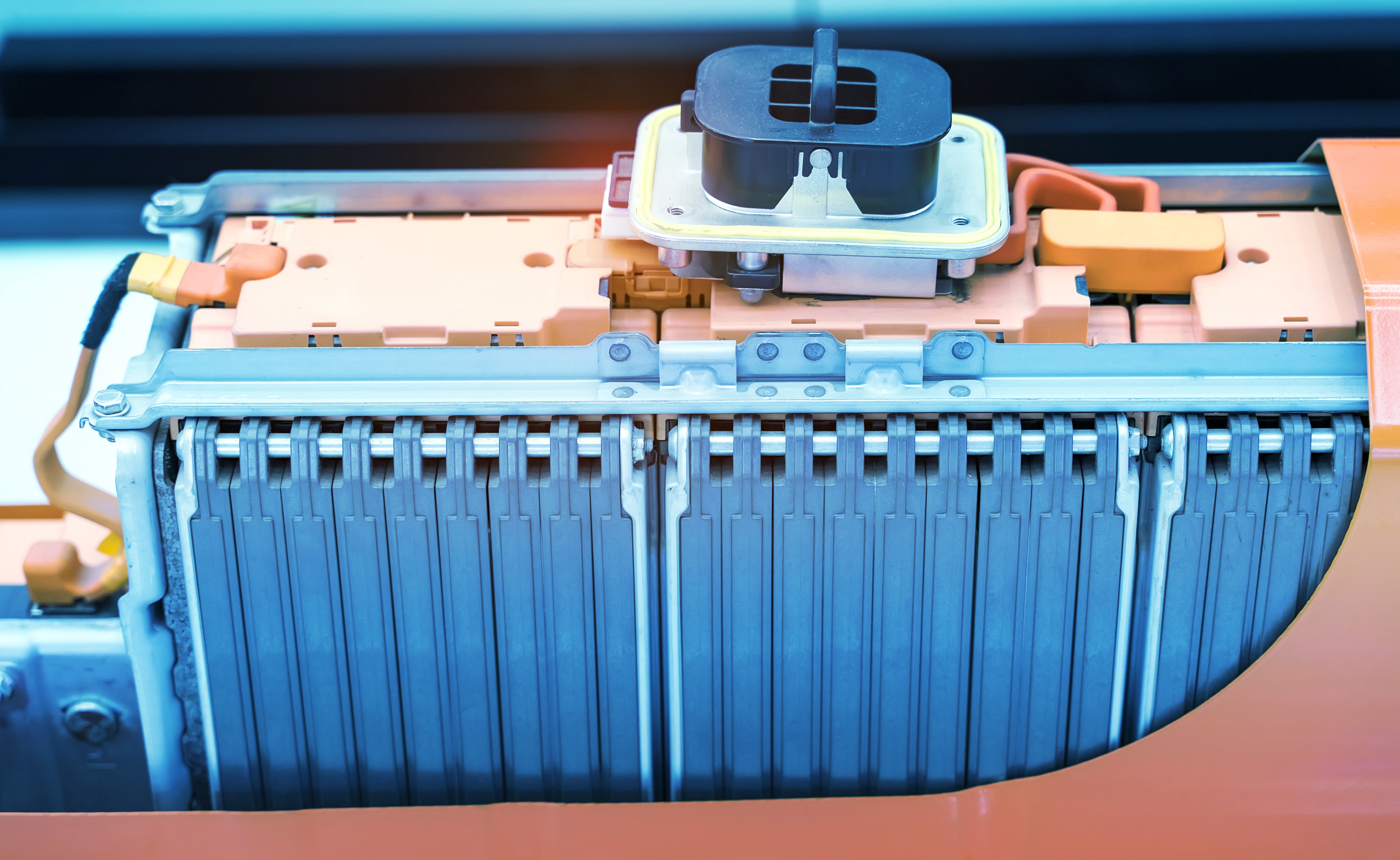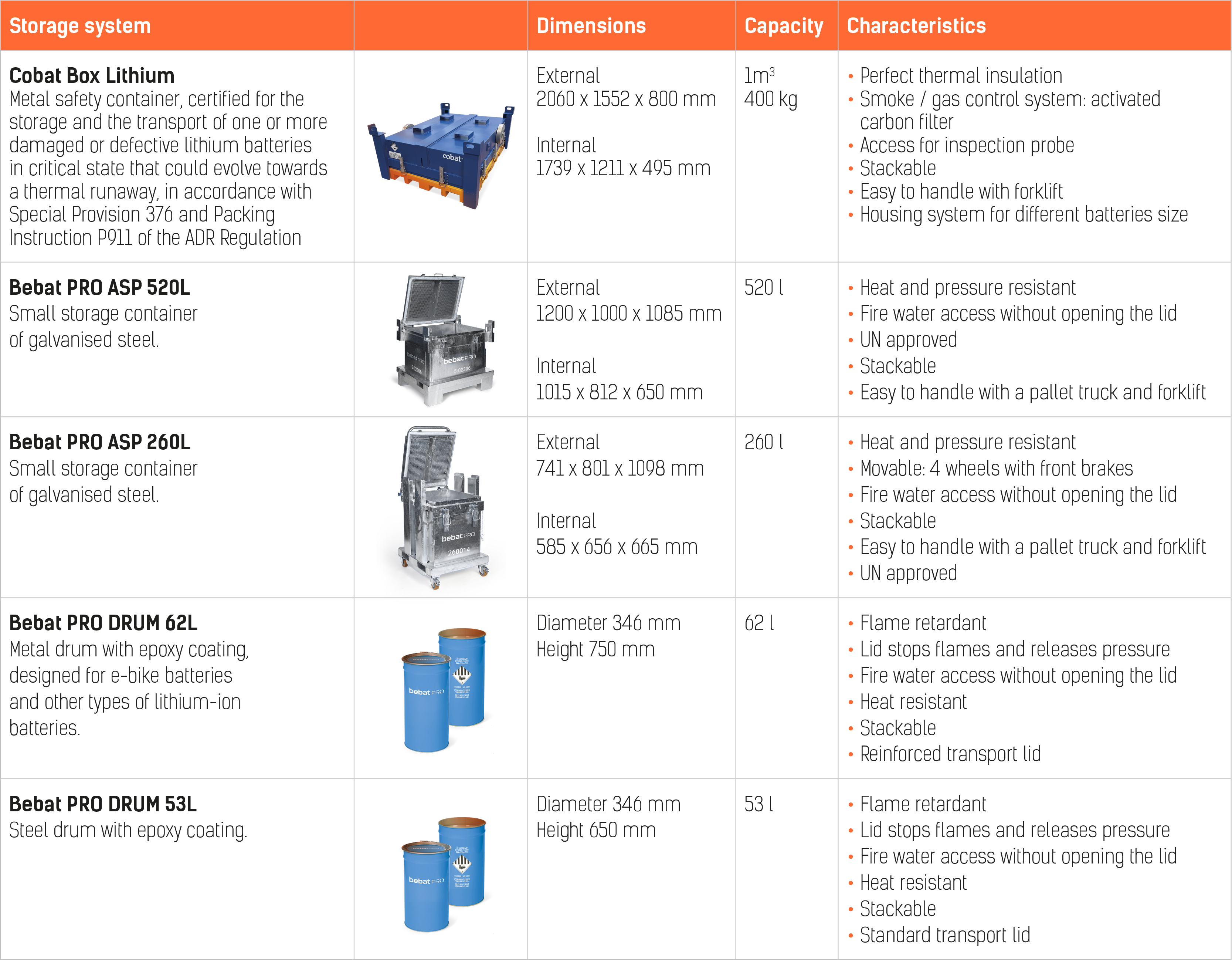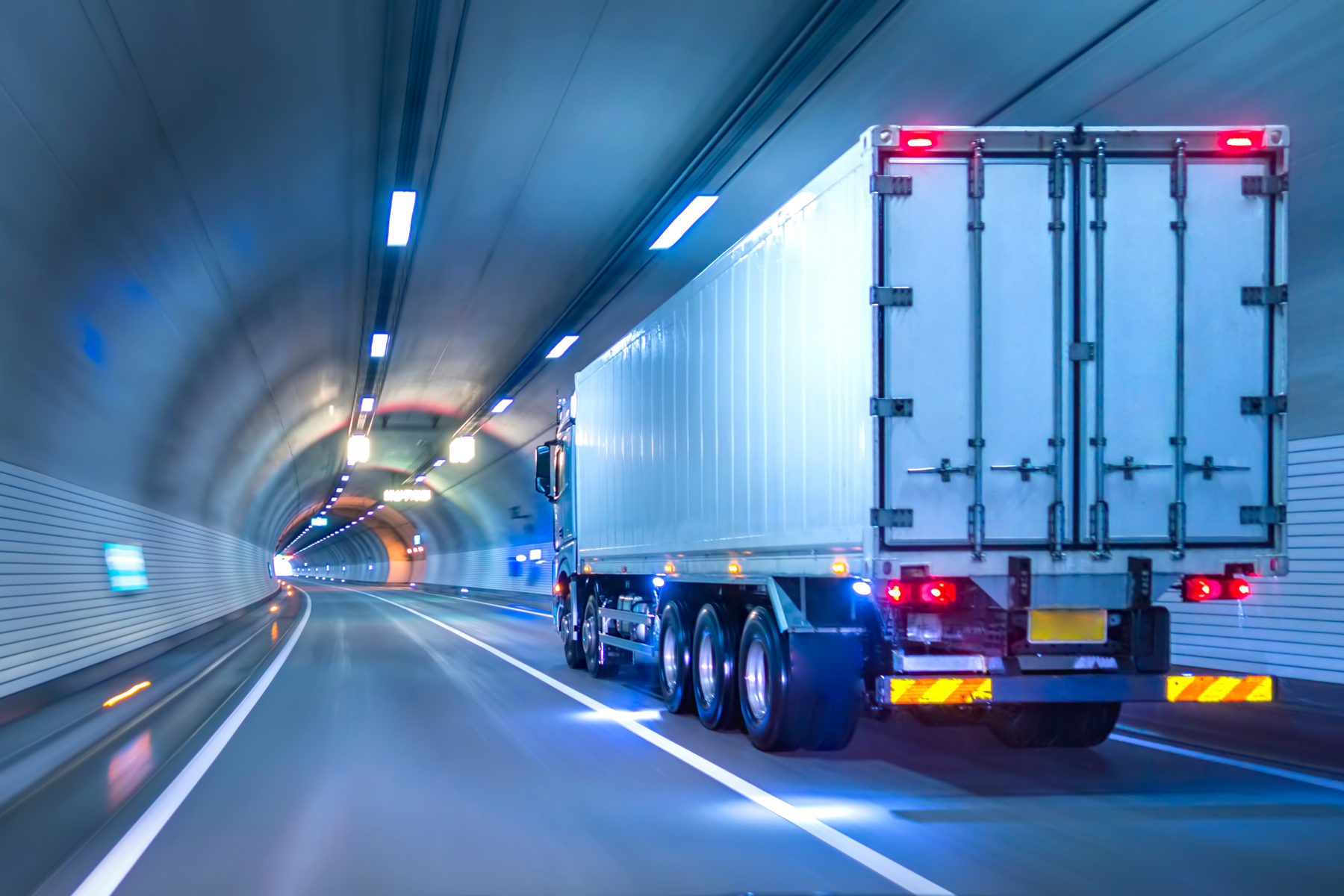Reneos: the European tailor-made solution for end-of-life batteries
Reneos is a European network specialising in the collection and recycling of batteries, and offering tailor-made solutions. Read more about it here
It seems like yesterday that people said: lithium-ion batteries are the future. Today, it’s clear that the future has arrived, and these powerful batteries are our present reality. As we speak, many of the early electric vehicle and light means of transport batteries are reaching end-of-life, so the challenges that come with the growing stream of used batteries become more pressing each day (especially as the EU Commission is working on a new Battery Regulation). Do you have a collection and a transport plan? Who is your partner for transport? Who is your partner for recycling or reuse? And how will you keep collected batteries safe between collection and recycling? There are many things to consider when dealing with lithium-ion batteries, but as always … safety comes first.
Rest assured, if you follow the advice in this article, you can protect your working environment and confine the risk of accidents to the container. What makes a safe storage & transport system for large lithium-ion batteries?
When handling lithium-ion batteries, safety is paramount, especially when you come in contact with used and potentially unstable batteries. Whether you are collecting, transporting, repairing or recycling used cells, potential hazards are always looming around the corner. To manage the risk of overheating, ignition, short circuits or even explosions in your workspace, it is crucial to prioritise secure storage.

This involves having a packaging system that provides the necessary features to minimise risks. To help you evaluate your system, we have created a list of relevant questions that you can refer to:
If you want to be absolutely sure your storage and transport system is safe and practical, we recommend choosing from our suggested options, which are pre-approved by the Reneos experts.

All of these options are suitable for safe transportation in compliance with ADR regulations. More information in this article.
Safe packaging, check! But to avoid all accidents, it’s important to also follow safety instructions when the batteries are being moved and handled.
These may include wearing appropriate protective gear, using insulated tools, and avoiding contact between the batteries and conductive materials. It's also important to handle the batteries carefully and avoid dropping, crushing, or puncturing them, as these actions can cause the battery to malfunction or even explode.

These articles provide more context on packaging, safety guidelines and safe transportation:
Safety is a shared responsibility. If manufacturers, users, dismantlers and recyclers can all take the necessary precautions, lithium-ion batteries have the potential to continue powering our lives for many decades to come.
Looking to take the next step towards ensuring safe and efficient handling of your end-of-life batteries? Reneos is here for you. We provide you with a tailor-made solution that meets the unique needs of your business.
Reneos offers solutions for secure packing, transportation and efficient processing of end-of-life batteries. Contact us to take your end-of-life lithium-ion battery plan to the next level.